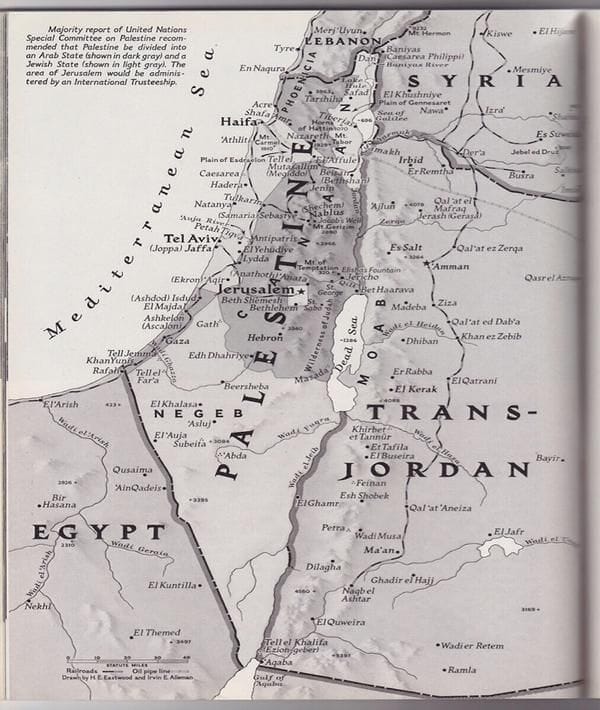The name “Palestine” has a rich and complex history, reflecting the region’s diverse cultural, historical, and political layers over millennia. This article will explore the origins and evolution of the name “Palestine,” examining its historical roots, linguistic transformations, and geopolitical implications.
Historical Origins
The name “Palestine” is believed to have originated from the ancient Greek term “Philistia” or “Philistines,” which was used to describe the coastal region of the southern Levant. The Philistines were an Aegean people who settled along the coastal plains of what is now modern-day Israel and Gaza around the 12th century BCE. Their presence and cultural impact were significant enough for Greek writers and historians to use the term “Philistia” to denote the region where they lived.
The name “Philistia” eventually evolved into “Palestine” through a series of linguistic transformations. When the Romans conquered the region in the 1st century BCE, they adopted the Greek term and Latinized it as “Palæstina.” This Latin version was used to refer to the province established by the Romans, encompassing a larger territory than just the Philistine cities. The Roman province of Judaea was renamed “Judea” and combined with other territories to form the new province of “Palestina.”
Roman and Byzantine Periods
During the Roman Empire’s control, the term “Palestine” was used administratively and politically to denote the region. The name persisted throughout the Byzantine period, continuing to be used in both administrative and geographical contexts. The Byzantine Empire, which succeeded the Roman Empire in the Eastern Mediterranean, retained “Palestine” as a regional designation for several centuries.
Islamic Conquest and Medieval Period
The Islamic conquest of the region in the 7th century CE brought about significant changes. While the term “Palestine” continued to be recognized in various contexts, the region became part of different Islamic empires, including the Umayyad, Abbasid, and Fatimid Caliphates. The Arabic name for the region, “Filastin,” was derived from the Latin “Palæstina” and was used in various administrative and geographical references.
Throughout the medieval period, the name “Palestine” was used in both Islamic and Christian contexts. The Crusader states established during the First Crusade also referred to the region as “Palestine” in their administrative and historical records. Despite the shifting political control, the name persisted due to its deep historical roots.
Ottoman Era
The Ottoman Empire, which ruled over the region from the early 16th century until the end of World War I, continued to use the term “Palestine” in various administrative contexts. During the Ottoman period, the region was divided into several administrative districts, and the name “Palestine” was used informally to refer to the broader area encompassing these districts. However, it was not an official administrative unit within the Ottoman administrative system.
British Mandate Period
The end of World War I marked a significant turning point in the history of the region. The collapse of the Ottoman Empire led to the British Mandate for Palestine, established by the League of Nations in 1920. During the British Mandate period, the term “Palestine” was officially used to designate the territory under British administration. The Mandate defined the borders of Palestine and established institutions for governance and administration.
The British Mandate period saw significant geopolitical changes and increasing tensions between Jewish and Arab communities. The name “Palestine” became a focal point in the emerging conflict over national identity and statehood. The British authorities attempted to manage the conflicting claims of the Jewish and Arab populations, but the region’s name remained a symbol of the broader struggle for self-determination.
Post-World War II and the Formation of Israel
The end of World War II and the subsequent establishment of the State of Israel in 1948 marked a dramatic shift in the region’s political landscape. The name “Palestine” continued to be used by various international organizations and entities to refer to the territory and its people. The United Nations played a key role in addressing the issue of Palestine, with the UN General Assembly passing Resolution 181 in 1947, which proposed the partition of Palestine into separate Jewish and Arab states.
Following the establishment of Israel, the term “Palestine” increasingly became associated with the Palestinian national identity and the aspiration for statehood. The Palestine Liberation Organization (PLO), founded in 1964, adopted the name “Palestine” as a central element of its identity and mission. The name became a symbol of the Palestinian people’s struggle for self-determination and recognition on the global stage.
Contemporary Usage
In contemporary times, “Palestine” is used to refer to both the geographic region and the political entity represented by the Palestinian Authority and the State of Palestine, which was declared in 1988 and recognized by many countries and international organizations. The name “Palestine” continues to hold significant cultural, historical, and political meaning for Palestinians and their supporters.
The historical journey of the name “Palestine” reflects the region’s complex and multifaceted history, shaped by various cultures, empires, and political developments. From its origins in the ancient Philistine settlements to its current usage in the context of the Israeli-Palestinian conflict, the name has endured as a powerful symbol of the region’s enduring significance and the ongoing quest for identity and self-determination.
